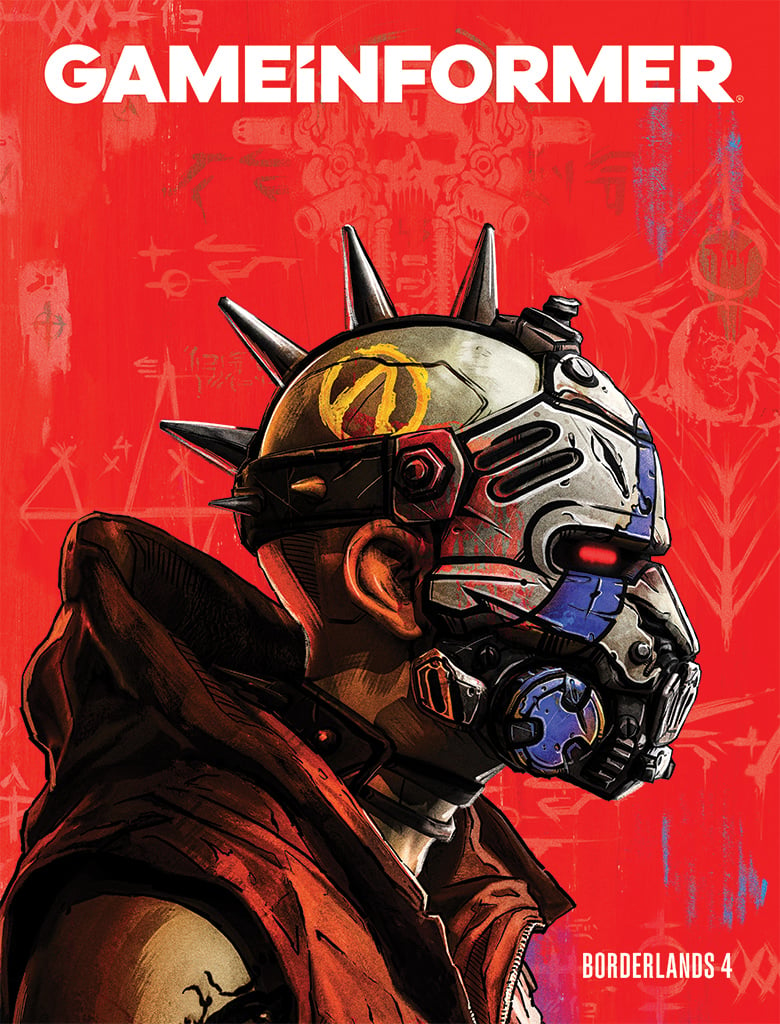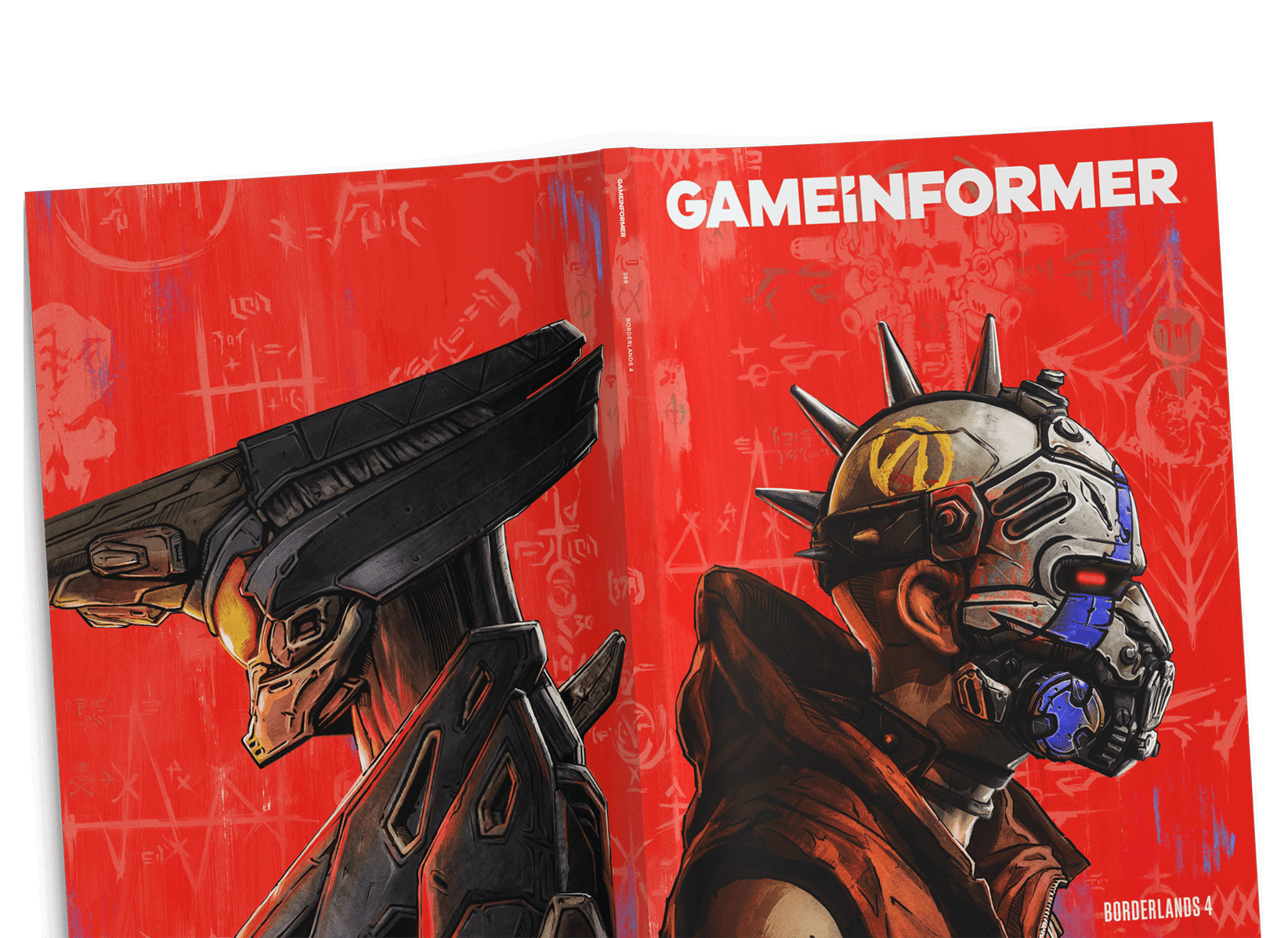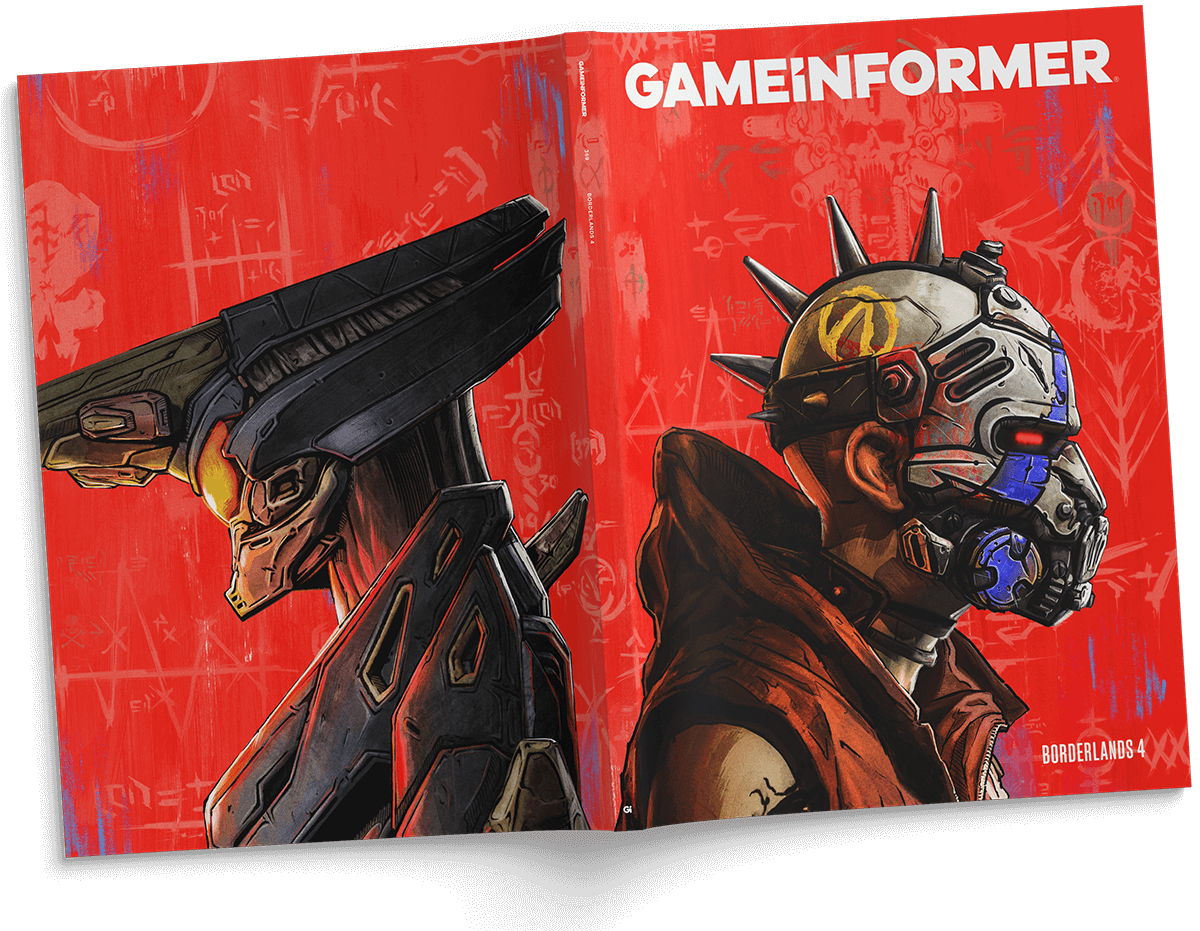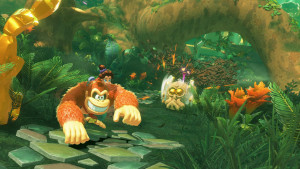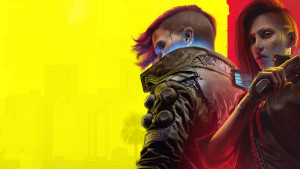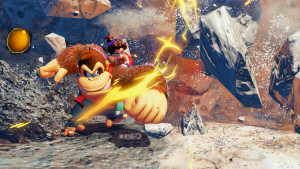Subscribe now to get the Vampire: The Masquerade – Bloodlines 2 issue and a D&D poster pack-in!
SNES Classic Edition Review
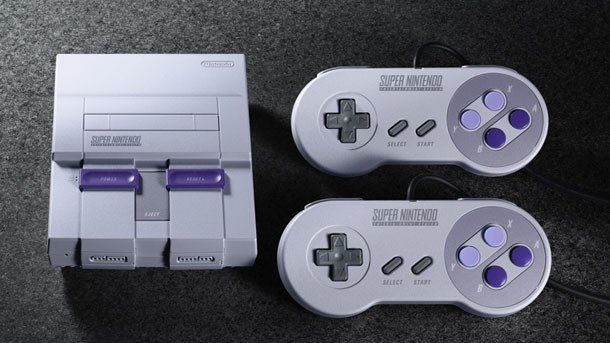
The Super Nintendo holds a special place in gaming history. Though many franchises got started on the original NES, the 16-bit era allowed developers to expand their scope and refine their vision for series like Super Mario, Zelda, Metroid, Final Fantasy, and Mega Man. Some of the most enduring and iconic games released on the SNES, and Nintendo’s latest plug-and-play device has the potential to transport you back to the glory days.
After the runaway success of the NES Classic Edition, Nintendo tapping into its prestigious library of 16-bit classics was practically guaranteed. But does the SNES Classic Edition deliver on its promise? Has the company worked out the kinks from last year? We spent several days with the new unit (and its games) to find the answers and deliver a verdict.
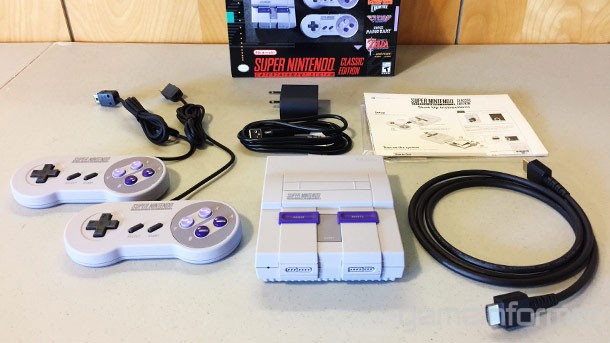
What Is It?
The SNES Classic Edition is a compact, offline, all-in-one system that lets you play 20 games that originally came out on the Super Nintendo, and one that was developed for the system but never released (Star Fox 2).
Everything you need to get started comes in the package. You get the SNES Classic Edition, two controllers, an HDMI cable, a poster, a power cord, and set-up instructions. Getting the system up and running is quick and easy; the unit comes pre-loaded with all of the games, so you don’t need worry about any installation or configuration beyond selecting your preferred language.
If you have the NES Classic Edition, this is pretty much the same song and dance. Apart from the actual game selection, the biggest difference here is the inclusion of the second controller. That’s a big improvement, since it lets you take advantage of the many games with two-player support without having to make an additional purchase. Even though it makes the base unit more expensive (the SNES Classic Edition is $80, compared to $60 for the NES Classic Edition), having everything you need right out of the box is a big benefit. However, you might want to set aside some money for additional purchases anyway – but more on that later.
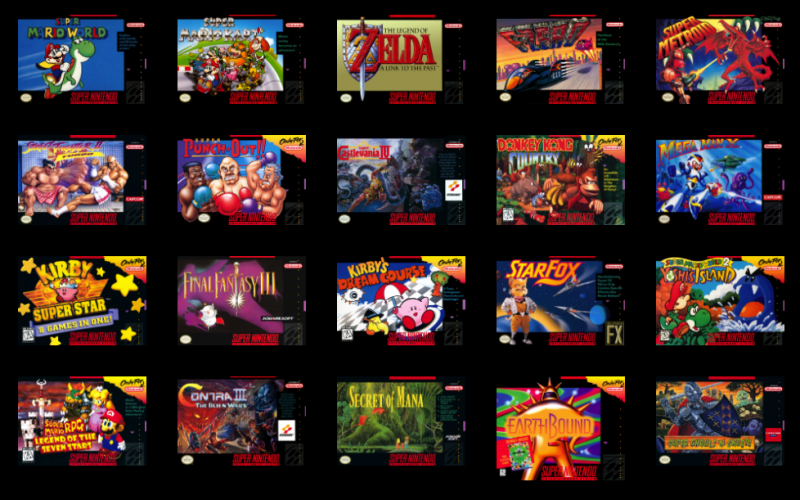
Box art from the full selection of titles, except Star Fox 2
The Games
The unit itself is a compact and cute facsimile of the original SNES, but the games are the main attraction for any system, even nostalgic throwback consoles. So, does the SNES Classic Edition come with good games? Let me put it this way: I was going to compile a list of the must-play titles until I realized such a list is basically useless, since it includes the majority of the games that come with the system. Final Fantasy III (aka VI), Super Metroid, F-Zero, and Mega Man X hold particularly dear places in my heart. Your favorites are probably different from mine, but that’s okay; with a wide selection of amazing titles, the SNES Classic Edition has a little fragment of unforgettable gaming history for everyone.
The great selection of games was also the main advantage of the NES Classic Edition, but the point deserves special emphasis for the SNES Classic Edition. Even with fewer games (21 total, compared to 30 on the NES Classic Edition), this collection feels more curated, with uniformly higher-quality options.
Of course, everyone has different tastes, but I was drawn into longer play sessions on the SNES Classic Edition. It offers fewer arcade-style titles and more complex content – games that build on the concepts on their more primitive precursors. For example, the original Legend of Zelda on NES may have started it all, but the SNES’ A Link to the Past is just more fun and interesting. The first Final Fantasy may have been important, but it doesn’t have the same narrative pull as RPGs like Final Fantasy III, Earthbound, Secret of Mana, and Super Mario RPG – all of which are included here. In short, the NES Classic Edition had excellent games, and the SNES Classic Edition’s library is even better, despite being smaller.
| A Note About Star Fox 2 |
| Star Fox 2 was originally scheduled to release in 1995, but was canceled after development had already completed. The SNES Classic Edition lets you play this unreleased game for the first time officially, which is cool. On the other hand, maybe it was canceled for a reason; Star Fox 2 is not a long-lost masterpiece. It’s strange, short, and rough around the edges – almost like a prototype. That makes it interesting from a historical perspective (and an excellent bonus for Star Fox fans), but Star Fox 2 is more of a curiosity than a destination. |
The Experience
It’s easy to set up and has a fantastic game selection, but the SNES Classic Edition isn’t perfect. Unfortunately, it has most of the same problems that plagued the NES Classic Edition, and they aren’t exactly minor.
The issues stem from how closely you’re tethered to the console. The length of the cords on the controllers (a big problem with the NES Classic Edition) has been increased to 4.5 feet from about 2.5 feet, but that still isn’t long enough to facilitate convenient gaming. I had to pull a chair uncomfortably close to the TV in my living room, and experienced a moment of dread as one of my dogs came perilously close to catching the cord and yanking the system off the ledge. Though Nintendo clearly heard the complaints about this issue, the company didn’t take sufficient measures to fix it. The whole “playing a game while huddled around the TV” might work for some, but it doesn’t make sense in the current gaming landscape.
I’m also annoyed that the Super NES Classic Edition still has no native option for returning to the menu screen. This is where you select games, store save states, and use the new rewind feature. Needless to say, all of these functions are pillars of the SNES Classic Edition experience, so it’s a bother to constantly have to physically nudge the “reset” button on the system. As if the short cords weren’t bad enough, using the software seems to require that you stay in close proximity. I know it may not seem like a big deal, especially if you just want to boot up a game and play nonstop for an hour or two. But if you’re using the rewind option to beat a hard boss, or if you just want to try a bunch of games for a few minutes, the frequent interruptions break up the momentum and make it harder to dig in.
Here’s the good news: You can fix these problems. Other wired Nintendo controllers that have a “home” button (like the Wii Classic Controller I tested) can take you back to the menu screen, which drastically improves your ability to get the most out of the system. That doesn’t solve the cord problem, though; for that, you need to invest in third-party wireless options (which may also have “home” buttons). With the ability to sit a reasonable distance back from your TV and return to the menu screens, these options represent the best way to play the SNES Classic Edition. However, Nintendo seriously screwed up by making gamers turn to additional accessories to truly take advantage of its new device.

The controller cords for the original SNES (top) and the SNES Classic Edition (bottom).
The Final Verdict
Pointing out problems with the SNES Classic Edition feels a bit like standing in front of a speeding locomotive and feebly waving your arms to make it stop. The commercial success of the SNES Classic Edition seems inevitable; last year, the NES Classic Edition demonstrated that no drawbacks or complaints are likely deter fans who are excited about the product. That phenomenal response must have been affirming for Nintendo, because apart from packing in a second controller, the company passed up every opportunity to make the gaming experience on the SNES Classic Edition more intuitive and flexible.
Baffling and frustrating issues still persist, especially with regards to how poorly the device aligns with modern entertainment setups. Short cords and the lack of a menu-screen shortcut are disappointing, and you shouldn’t have to purchase additional accessories to work around them (though you can). But do these problems make the SNES Classic Edition a waste of time or money? Not at all. In fact, I’m looking forward to spending even more time with this fantastic library of games. The framework surrounding these classics leaves a lot to be desired, but you shouldn’t pass on the opportunity to have so many amazing games at your fingertips.
The SNES Classic Edition releases on September 29.
